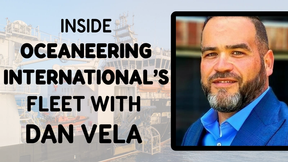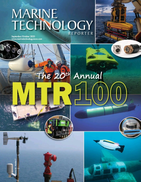Hadeep and the New Hebrides Trench – Part 1
The Hadal Lander
HADEEP (Hadal Environment and Educational Program) is a collaborative project based at the University of Aberdeen’s Oceanlab. The HADEEP 4 expedition was funded by the Total Foundation. This project, entitled “Trench Connection” is supporting this trip. HADEEP 2 to 4 has been a partnership between Oceanlab and NIWA in New Zealand.
For the first time, researchers have taken a look at the life that thrives in one of the deepest spots in the ocean. They investigated the New Hebrides Trench, located just West of Vanuatu, and revealed that cusk eels and crustaceans teem more than 7,000m (23,000ft) down. They used cameras fitted on an unmanned lander to film the deep-sea creatures. Marine biologists were surprised to see that life in this trench significantly differed from other regions of the deep that had been studied, painting a good picture of just how spectacular and interesting this extreme biodiversity really is.
The 30 day expedition was largely successful showing large, grey cusk eels up to 1 meter long, chopping on the bait, as well as large, bright red prawns scrabbling around on the sandy seabed which reaches 7.200 meters in its deepest point. They also spotted eel pouts, arrow-tooth eels and thousands of smaller crustaceans, some of which were captured and taken back to the surface. HADEEP’s goal is to firstly, design, construct and operate new technology capable of imaging and collecting biological samples from the deepest places on Earth. With these the HADEEP team have been examining depth-related and geographic trends in diversity, in particular how the hadal communities changes through the transition from the surrounding abyssal plains to the hadal trenches, and how the communities differ from one trench to another.
There are over 30 deep trenches across the world, most of them in the Pacific Ocean, due to its very intense tectonics. Until this expedition, the New Hebrides Trench (which is also some 1.500 km away from New Zealand) has been relatively unstudied, from a biological point of view. When compared to other, apparently similar areas, the differences are major.
The Abyssal Lander
Bait was used to lure the deep-sea creatures into view
Big Histiobranchus sp.


























 August 2025
August 2025



